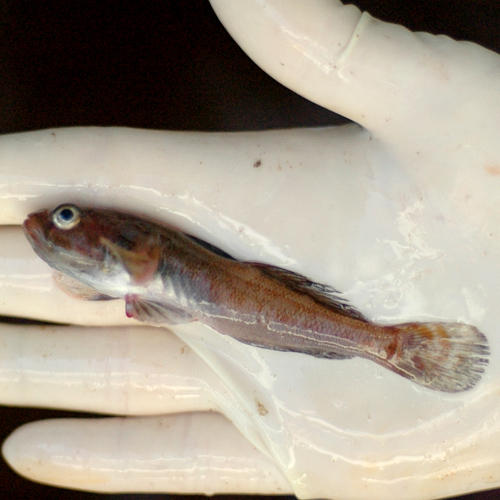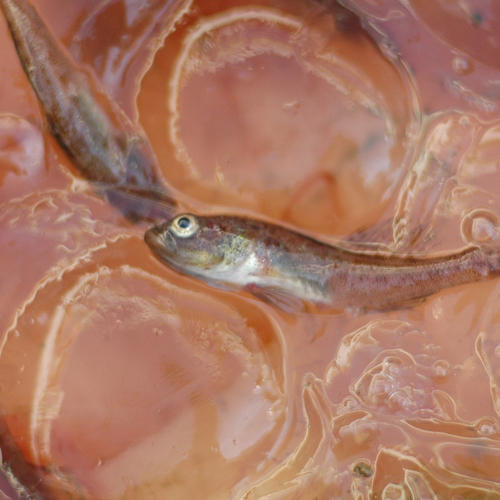Climate, hypoxia, and the spatial dynamics of the bearded goby and its predators
Spatial dynamics of the bearded goby and its key fish predators off Namibia varies with climate and oxygen availability

Main content
Hypoxia, including severe hypoxia (O2 < 0.5 ml L-1 ), is increasing in coastal marine ecosystems due to eutrophication and warming. A new study using 22 years’ worth of satellite and in-situ data shows how the goby population has expanded over the last decade while that of horse mackerel has contracted, coinciding with general warming in the north and central shelf areas. The goby habitat contracted when predators were abundant.
Reference:
Salvanes, Anne Gro V. , Chris Bartholomae, Dawit Yemane, Mark J. Gibbons, Paul Kainge, Jens-Otto Krakstad, Mathieu Rouault, Arved Staby and Svein Sundby (2014). Spatial dynamics of the bearded goby and its key fish predators off Namibia varies with climate and oxygen availability. Fisheries Oceanography, accepted.

